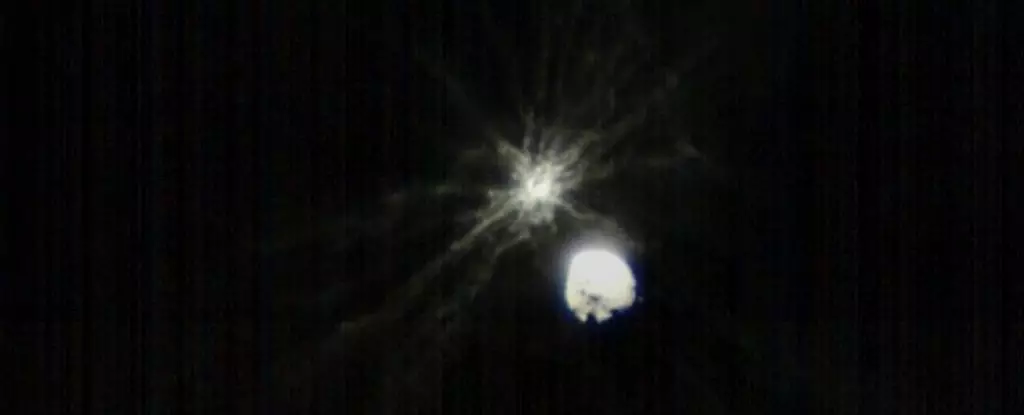As space exploration continues to captivate the minds of people around the world, the recent contribution of a citizen scientist has shed new light on a momentous event. Amateur image processor Jacint Roger Perez has taken a series of raw images released by NASA and compiled them into stabilized videos, offering a fresh perspective on the time when NASA’s DART spacecraft collided with the asteroid Dimorphos. This extraordinary footage not only allows us to appreciate the incredible event itself but also provides insights into our ability to deflect potentially hazardous asteroids.
Understanding the DART Mission
The Double Asteroid Redirection Test (DART) was a pioneering experiment aimed at altering the course of an asteroid using a spacecraft. By embarking on this mission, scientists sought to determine humanity’s capabilities in mitigating the risk posed by asteroids on a potential collision course with Earth. The target of the mission was a pair of asteroids called Didymos and Dimorphos, with Dimorphos orbiting its larger companion once every 11.9 hours. In order to succeed, DART needed to impact Dimorphos in such a way that it would alter its orbital period significantly.
In September 2022, the anticipated impact took place, resulting in a truly remarkable spectacle. As DART met its high-speed demise on the rubbly surface of Dimorphos, tendrils of ejecta erupted from the asteroid, creating a magnificent visual display. It is these awe-inspiring images that Perez, the citizen scientist, has processed and compiled into a collection of videos, which he shared on his X account, landru79. What the videos reveal is far beyond expectations, with the filaments of dust stretching across the screen in a manner much larger than anticipated.
During the impact, the Italian Space Agency’s LICIAcube, an observation spacecraft carried by DART, closely monitored the event from a distance. Equipped with two cameras, LICIAcube captured critical data to help scientists comprehend the consequences of the asteroid collision. Recently, the raw images recorded by LICIAcube were released to the public, and Perez took on the task of processing and transforming them into videos that showcase the dramatic impact on Dimorphos. The sheer scale of the dust eruption resulted in over a million kilograms of material being released and formed a tail that extended for more than 10,000 kilometers for several months afterward.
Unexpected Discoveries: A Paradigm Shift
While the DART mission successfully deflected the asteroid, researchers were surprised to find that the alteration in Dimorphos’ orbital period was more significant than initially anticipated. The impact reduced the orbital period by 33 minutes, a change that couldn’t be solely attributed to the transfer of momentum from the spacecraft. Instead, scientists discovered that the ongoing eruption of material from Dimorphos was primarily responsible for the alteration. The escaping dust carried a greater amount of momentum than the impact itself, leading to a paradigm shift in our understanding of asteroid deflection.
These unexpected findings now emphasize the necessity of considering the composition of an asteroid when planning future deflection missions. Loose and rubbly rocks, like Dimorphos, are more prone to successfully diverting the asteroid’s course due to the significant material loss during impact. However, asteroids with a denser and more compact structure may pose a greater challenge, as they may not lose as much material during a collision. As a result, mission planners should carefully assess the composition of asteroids to devise more effective strategies for asteroid deflection.
Johns Hopkins University has established a comprehensive website where individuals can delve deeper into the DART mission and explore its remarkable results. By visiting this platform, anyone can gain insights into the mission’s goals, methodologies, and outcomes. Additionally, for those interested in the processing of LICIAcube’s images, the raw data can be downloaded, allowing citizen scientists and enthusiasts alike to contribute further to our growing understanding of asteroid deflection.
As we continue to make strides in space exploration, the citizen scientist’s contribution to the DART mission reminds us of the value of amateur observations and analysis. By engaging the collective intellect and passion of individuals from all walks of life, we enhance our knowledge and push the boundaries of what we can achieve in the vast expanse of space.


Leave a Reply